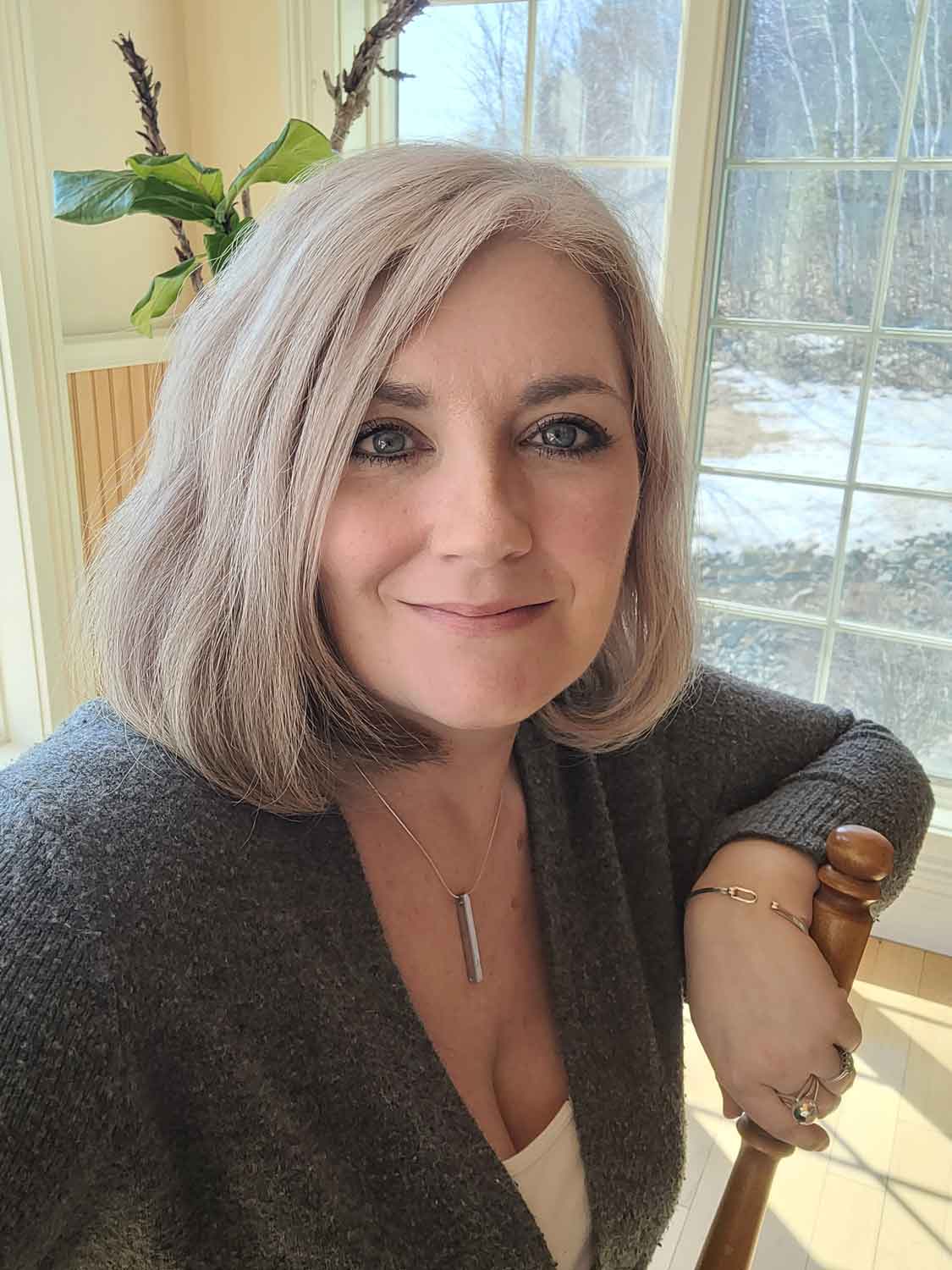The Unconventional Quilled Hearse: Crafting Beyond Boundaries
When I was commissioned to create the unconventional quilled hearse you see below, I knew I was in for an adventure unlike any other. There’s something about the uncharted territory of creativity that ignites a fire within me. So, I’ve always been drawn to projects…






































